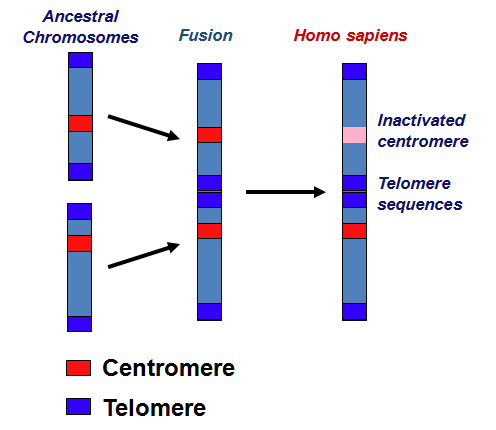New research reveals details of the first steps of the evolution of the nervous system:
Before nerves, there were peptides | Cosmos
Before nerves, there were peptides
Researchers map communication pathways in an organism that has no nervous system. Nick Carne reports.

Placozoans reacting to peptides.
UNIVERSITY OF EXETER
Animal nervous systems evolved from much more simple structures in part because of a novel form of communication, according to new research.
An international team of scientists has found that simple multicellular organisms called Placozoa can coordinate their movement and body shape in the absence of a nervous system by signalling between cells using short chains of amino acids known as peptides.
That’s significant because it echoes how more complex organisms use similar structures, known as neuropeptides, for signalling within the nervous system.
“It might seem strange to use an animal with no neurons or synapses to study nervous system evolution, but although Placozoans are nerveless, you can still find within their cells the basic molecules needed for communication in complex nervous systems,” says Frédérique Varoqueaux, from the University of Lausanne in Switzerland.
RECOMMENDED

Researchers eye nerve success with blind tadpoles
BIOLOGY
“So studying Placozoans can tell us more about the origins of neurons and how they became the body's control system.”
The organisms are just one millimetre in size and look like tiny hairy discs. Although they have only three cell layers and no true nerve or muscle cells, they glide across surfaces in the ocean with apparent ease.
The new study found that their cells contain a variety of small peptides, made up of between four and 20 amino acids that are secreted from one cell and detected by neighbouring ones.
Experiments revealed that the peptides changed Placozoan behaviour within seconds. Each had a unique effect, which in some cases was very dramatic. The main changes included crinkling, turning, flattening, and internal churning, a behaviour associated with feeding.
“Each peptide can be used individually as a different signal, but the peptides could also be used sequentially or together in different combinations which allows for very high numbers of unique signals between cells,” says Gáspár Jékely from the University of Exeter in the UK.
“This explains how Placozoans can coordinate sophisticated behavioural sequences such as feeding."
Before nerves, there were peptides | Cosmos
Before nerves, there were peptides
Researchers map communication pathways in an organism that has no nervous system. Nick Carne reports.

Placozoans reacting to peptides.
UNIVERSITY OF EXETER
Animal nervous systems evolved from much more simple structures in part because of a novel form of communication, according to new research.
An international team of scientists has found that simple multicellular organisms called Placozoa can coordinate their movement and body shape in the absence of a nervous system by signalling between cells using short chains of amino acids known as peptides.
That’s significant because it echoes how more complex organisms use similar structures, known as neuropeptides, for signalling within the nervous system.
“It might seem strange to use an animal with no neurons or synapses to study nervous system evolution, but although Placozoans are nerveless, you can still find within their cells the basic molecules needed for communication in complex nervous systems,” says Frédérique Varoqueaux, from the University of Lausanne in Switzerland.
RECOMMENDED

Researchers eye nerve success with blind tadpoles
BIOLOGY
“So studying Placozoans can tell us more about the origins of neurons and how they became the body's control system.”
The organisms are just one millimetre in size and look like tiny hairy discs. Although they have only three cell layers and no true nerve or muscle cells, they glide across surfaces in the ocean with apparent ease.
The new study found that their cells contain a variety of small peptides, made up of between four and 20 amino acids that are secreted from one cell and detected by neighbouring ones.
Experiments revealed that the peptides changed Placozoan behaviour within seconds. Each had a unique effect, which in some cases was very dramatic. The main changes included crinkling, turning, flattening, and internal churning, a behaviour associated with feeding.
“Each peptide can be used individually as a different signal, but the peptides could also be used sequentially or together in different combinations which allows for very high numbers of unique signals between cells,” says Gáspár Jékely from the University of Exeter in the UK.
“This explains how Placozoans can coordinate sophisticated behavioural sequences such as feeding."


